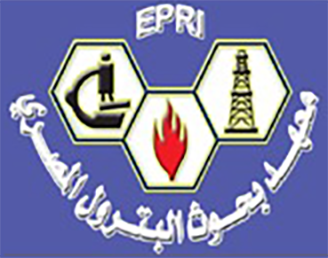Article Type
Research Paper
Abstract
This study integrates seismic interpretation, structural mapping, and petrophysical analysis to assess the hydrocarbon potential of multiple formations (Nubia, Wata, Abu Qada, Raha, Thebes, and Matulla) across several wells in Edfu-Saqara Field, offshore Gulf of Suez Basin. Seismic sections highlight prominent structural features, including anticline folds, faulted blocks, and tilted reflectors, affected by NW-SE trending faults. Petrophysical investigation revealed that the Nubia sandstones stand out as the most promising target, with net-to-gross ratios of 0.89–0.90 and hydrocarbon saturations reaching 95% in wells such as Edfu-A3 and GS323-1A. The Matulla Formation also demonstrates strong reservoir characteristics, particularly in GS323-4A, with a net-togross ratio of 0.68 and hydrocarbon saturation of 75%, indicating substantial storage and flow potential. In contrast, the Wata, Abu Qada, and Thebes formations show variability in reservoir properties. Although some intervals, such as those in GS323-4A, exhibit high hydrocarbon saturations (up to 90%) and adequate porosity, these formations generally show lower net-to-gross ratios and greater heterogeneity. Specific depths within the Abu Qada and Wata formations exhibit productive zones, though their continuity is more limited than the Nubia and Matulla reservoirs. Overall, the study identifies the Nubia and Matulla formations as primary hydrocarbon targets due to their consistent reservoir quality, while secondary formations like Wata, Abu Qada, and Thebes offer opportunities for selective exploitation in high-quality zones. Future work should integrate seismic attributes with well log data to further refine reservoir characterization and validate drilling targets in this structurally complex basin.
Keywords
Edfu-Saqqara field; Gulf of Suez Basin; Well-logging; Seismic interpretation.
Recommended Citation
El-Twargy, Esraa and Sarhan, Mohammad Abdelfattah
(2025)
"Comprehensive Seismic and Well Log studies for Characterizing the Pre-Rift Reservoirs in Edfu-Saqara Field, Gulf of Suez, Egypt,"
Egyptian Journal of Petroleum: Vol. 34
:
Iss.
1
, Article 4.
Available at: https://doi.org/10.62593/2090-2468.1061
Creative Commons License

This work is licensed under a Creative Commons Attribution-NonCommercial-No Derivative Works 4.0 International License.







